West Virginia (Struggling)

According to business.wvu.edu, West Virginia faced economic struggles with an unemployment rate of 5.5%, indicating a certain level of joblessness within the state. The GDP grew significantly to 1.7% compared to where it stood at 0.7% in 2009-2019, reflecting a moderate increase in economic activity.
However, despite this growth and according to bls.gov, the average weekly wages for Q2 2024 are $1,127, suggesting a relatively stagnant income level for the population. Additionally, a significant concern was the high poverty rate, with 16.7% of the population living below the poverty line as of 2023. These factors highlight the challenges faced by West Virginia's economy in terms of employment, wages, and poverty.
Nevada (Thriving)

Nevada's economy has been thriving, with a flourishing GDP, according to ibisworld.com: accommodation, food services, real estate, and construction are the main sectors that compose 36.8% of the GDP. Additionally, in Q2 2024, the average weekly wage in Nevada was $1,125, according to nevadaworkforce.com. However, the state has an unemployment rate of 5.4% as of December 2024, which falls shy of the boundary of the national average of 5.68%.
However, despite these positive indicators, poverty remains an issue in the state, with 12% of the population falling below the poverty line. To continue building on Nevada's economic success, policymakers may need to consider implementing policies that provide greater support for households living in poverty. Overall, while Nevada's economy has been performing well, there is still work to be done to ensure that everyone in the state has access to economic opportunities and stability.
Mississippi (Struggling)
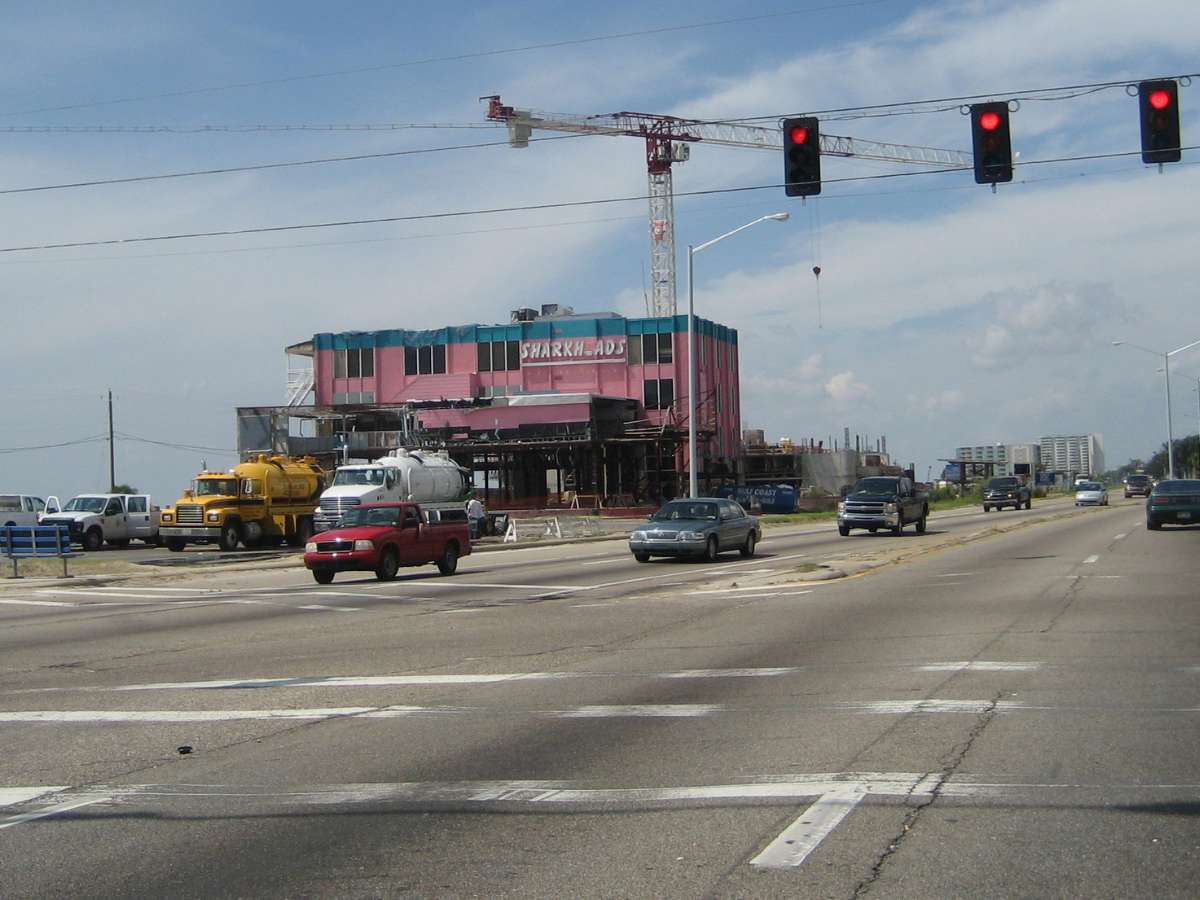
Mississippi, like other states, has faced recent struggles. The unemployment rate stood at 3.1% in November of 2024, indicating some level of joblessness within the state. However, there was a positive aspect in terms of GDP growth, as Mississippi experienced a growth rate of 0.8% per year, reflecting a significant increase in economic activity.
On the downside, the average weekly wages for November 2024 were relatively low at $944, suggesting limited income opportunities for the population. Moreover, the high poverty rate remained a pressing concern, according to worldpopulationreview.com, with 19.4% of the population living below the poverty line as of 2024. These economic indicators highlight the challenges faced by Mississippi, emphasizing the need for initiatives to improve employment opportunities, wages, and poverty levels.
Florida (Thriving)

Florida's unemployment rate has significantly progressed; rather than increasing, it trended downwards -11.8% from 2020 - 2025. The state experienced exceptional economic growth, with a remarkable 40.6% in GDP from the combined sectors -- real estate, professional, scientific and technical services, healthcare, and social assistance -- signifying a flourishing economic landscape.
Additionally, Florida recorded relatively high average weekly wages of $1,139 in 2024, reflecting strong income opportunities for its residents. Moreover, the state showcased a commendable poverty rate, with only 12.3% of the population living below the poverty line. These impressive economic indicators highlight Florida's robust economic performance, which is marked by low unemployment, substantial GDP growth, competitive wages, and relatively low poverty rates.
Louisiana (Struggling)

Louisiana is another state with economic struggles recently. The unemployment rate stood at 4.4% and went down at a rate of -1.1% from 2020 - 2024. There was positive news in terms of GDP growth, as Louisiana experienced a combined growth rate of 41.2% in 2024, signifying significant economic activity. Furthermore, the average weekly wages for November 2024 were slightly lower (0.1%) than the year before at $1,069.
Despite these positive indicators, the state still faced challenges, with a significant portion of the population, around 18.9%, living below the poverty line as of 2023, according to statista.com. These economic statistics highlight both progress and areas for improvement in Louisiana's economy, emphasizing the need for continued efforts to address unemployment, wages, and poverty levels.
Idaho (Thriving)
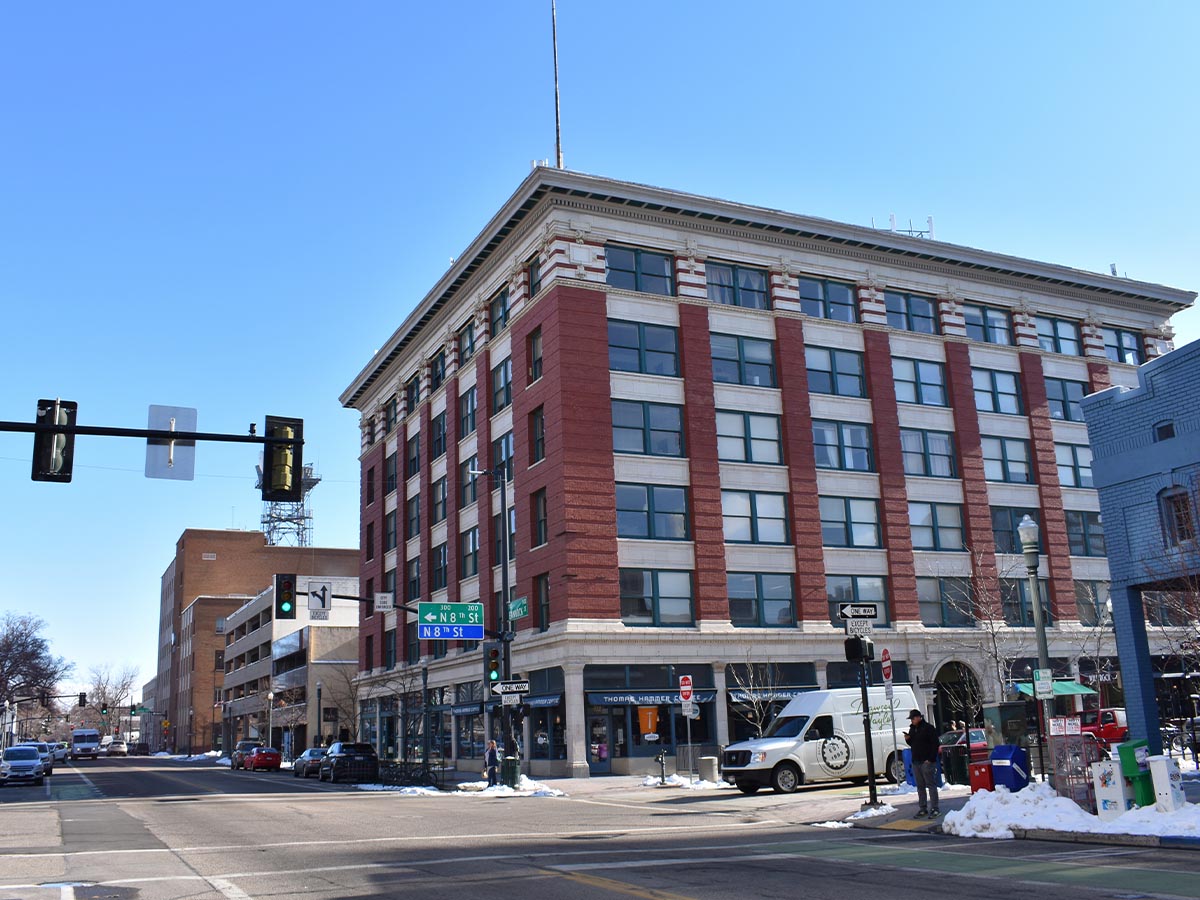
Idaho's economy has been thriving, with a 2024 unemployment rate of only 4.6%, which is significantly lower than the national average. The state experienced impressive GDP growth, reaching $100.1b with a 4.2% increase, indicating strong economic activity. Additionally, while the average weekly wage in November 2024 was $1,134, which is lower than the national average, the cost of living in Idaho is also lower than in many other states.
Nevertheless, poverty remains an issue in the state, with 11.4% of the population falling below the poverty line in 2024, according to the U.S. Department of Health and Human Services. To continue building on Idaho's economic success, policymakers may need to consider implementing policies that provide greater support for impoverished households. Overall, while Idaho's economy has been performing well, there is still work to be done to ensure that everyone in the state has access to economic opportunities and stability.
New Mexico (Struggling)
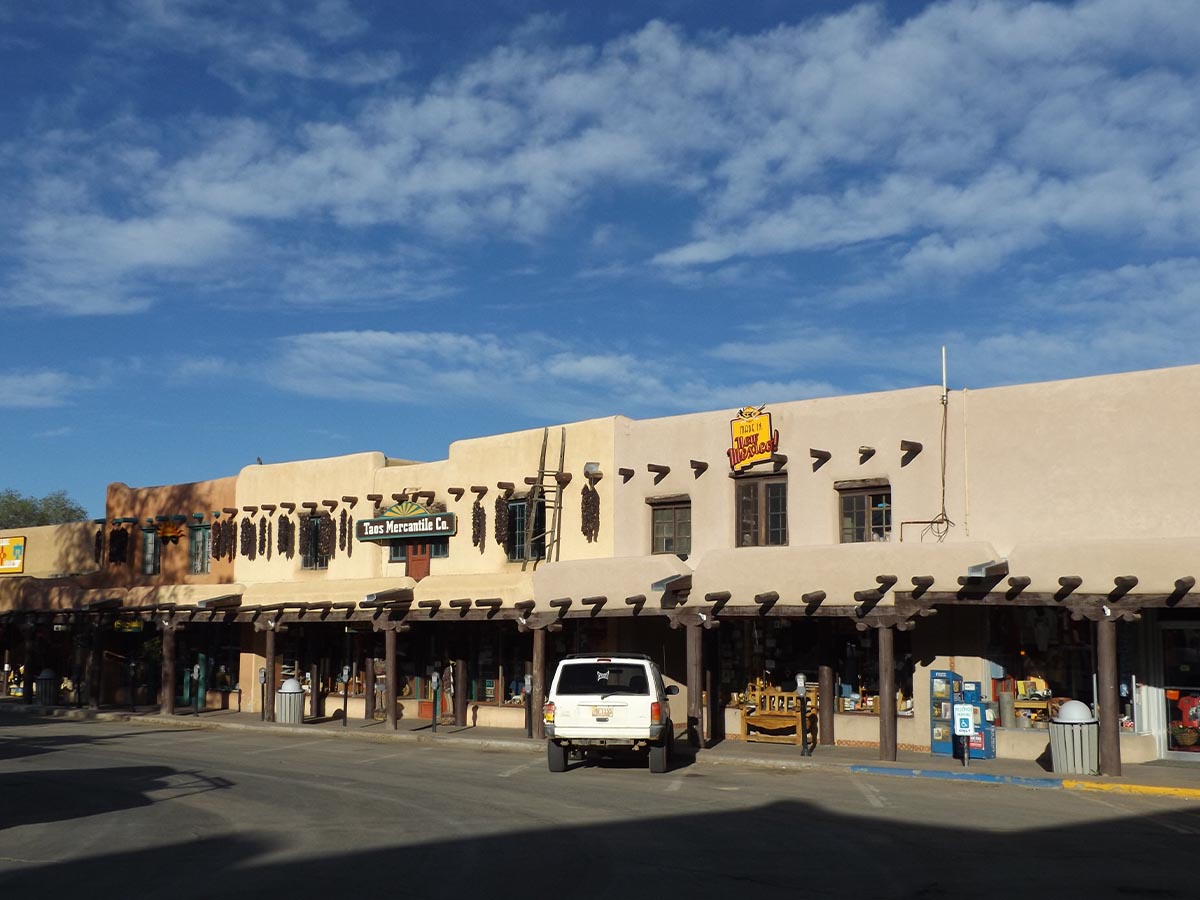
New Mexico has encountered economic challenges in 2024, grappling with an unemployment rate of 4.1%. However, there was a positive aspect regarding GDP growth, as the state experienced a growth rate of 1.5% from 2023, totaling $107.9b in 2024, reflecting a notable increase in economic activity. In terms of wages, the average weekly wages for November 2024 were $1,057, indicating relatively better income opportunities for the population.
Despite these encouraging factors, New Mexico still faced the issue of poverty, with 18.4% of the population living below the poverty line in 2024, according to the U.S. Department of Health and Human Services. These economic indicators shed light on the ongoing economic struggles in New Mexico and highlight the importance of addressing unemployment, fostering sustained growth, and alleviating poverty within the state.
Utah (Thriving)

Utah's economy demonstrated resilience and prosperity in 2024, as reflected by its impressively low unemployment rate of 3.2%. The state experienced significant economic growth, with a notable 3.1% increase in GDP totaling $224.6b in 2024, indicating a thriving economic landscape. According to the Bureau of Labor Statistics, Utah boasted comparatively higher average weekly wages of $1,313 in Q1 2024, illustrating the presence of favorable income prospects for its workforce.
Additionally, Utah showcased a low poverty rate, with it expected to be around 9% of the population living below the poverty line in 2021. These remarkable economic indicators highlight Utah's robust economic performance, characterized by low unemployment, substantial GDP growth, competitive wages, and a relatively low poverty rate.
Alaska (Struggling)

Alaska faced a 5.3% unemployment rate in 2024. The state also witnessed positive economic growth, with a combined GDP of 47.8%, indicating a robust economic expansion. Furthermore, Alaska recorded relatively higher average weekly wages of $1,223 in November 2024, providing better income opportunities for its residents.
Despite these favorable indicators, there remained a concern, with 10.4% of the population living below the poverty line in 2023, according to census.gov, emphasizing the need for continued efforts to address poverty and promote equitable economic growth within the state.
New Hampshire (Thriving)
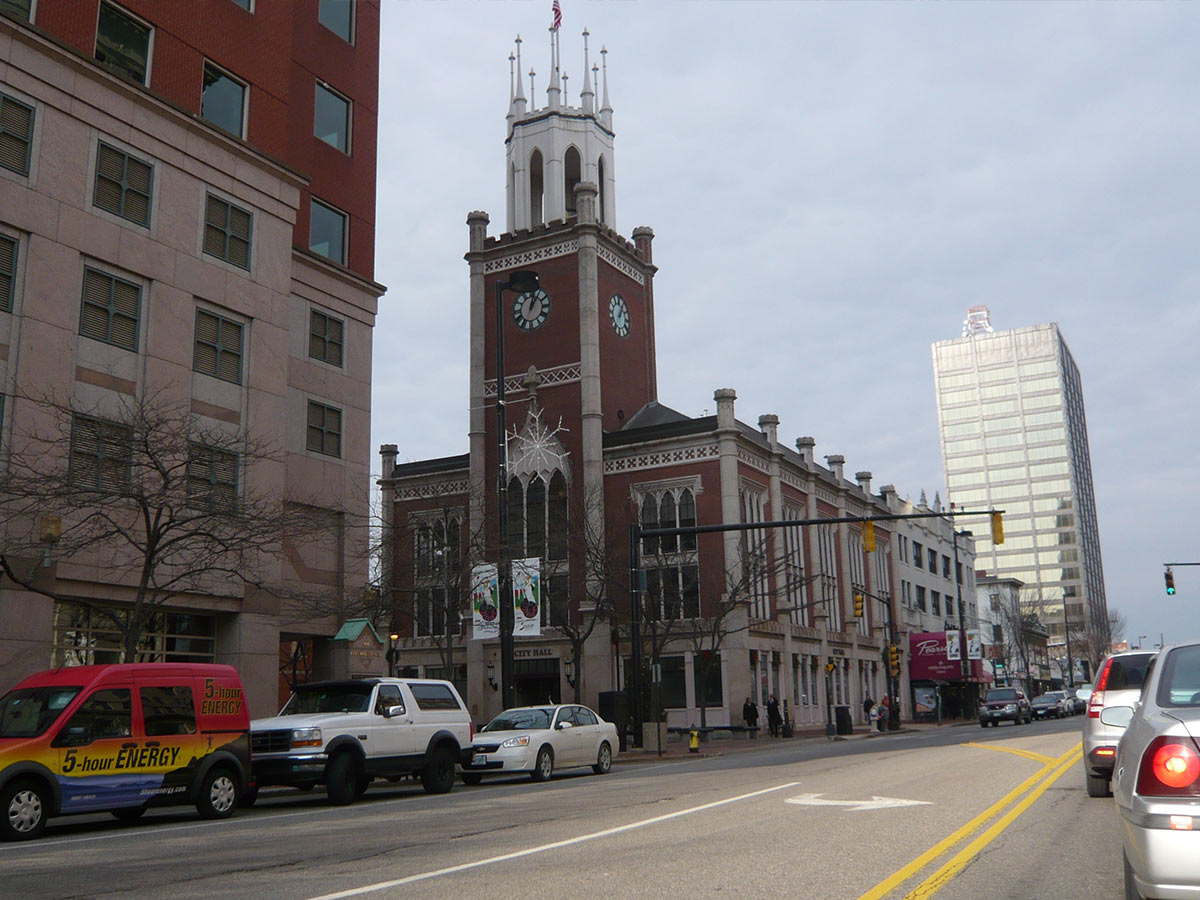
New Hampshire's economy has been performing well, with a 2024 unemployment rate of only 2.6%, which is significantly lower than the national average. The state also experienced solid GDP growth, with a 1.9% increase over the five years to 2024, totaling $92.5b. Additionally, in Q2 2024, the average weekly wage in New Hampshire was $1,443, which is higher than the national average and suggests that many residents are financially secure.
However, despite these positive indicators, poverty remains an issue in the state, with 7.2% of the population falling below the poverty line in 2023, according to statista.com. To continue building on New Hampshire's economic success, policymakers may need to consider implementing policies that provide greater support for households living in poverty. Overall, while New Hampshire's economy has been performing well, there is still work to be done to ensure that everyone in the state has access to economic opportunities and stability.
New York (Struggling)

New York's economy has been experiencing some challenges despite the 4.3% unemployment rate in 2024. The combined GDP was 46.3% from the real estate, leasing, and information sectors. Additionally, the average weekly wages in 2023 were a minimum of $1,200 and $1,124.20 for specific parts of the state, which may not be enough for some individuals and families to cover their basic needs.
Furthermore, almost 18.2% of the population in New York still falls below the poverty line as of 2023, according to the Community Service Society of New York. These economic indicators suggest that while New York's economy has been making progress, there is still more work to be done to ensure better economic stability for its residents.
Massachusetts (Thriving)

In January 2023, Massachusetts' economy exhibited strength and resilience, boasting a relatively low unemployment rate of 3.6%. The state experienced notable economic growth, with a combined GDP of 43.5%, reflecting a robust and thriving economic landscape. Furthermore, Massachusetts showcased higher average weekly wages of $1,411 in November 2024, indicating favorable income levels for its workforce.
Additionally, the state demonstrated commendable progress in addressing poverty, with 10.4% of the population living below the poverty line in 2023, according to the U.S. Department of Health and Human Services. These encouraging economic indicators highlight Massachusetts' successful economic performance, characterized by low unemployment, significant GDP growth, competitive wages, and a relatively low poverty rate.
Kentucky (Struggling)

Although Kentucky's unemployment rate in 2024 was at 5.0%, the state continues to struggle with high poverty rates. In 2023, 16.4% of the population was below the poverty line., according to census.gov. While there has been some progress, the average weekly wage in November 2024 was only $1,142, making it difficult for many residents to make ends meet.
Despite these challenges, Kentucky did experience a significant combined GDP of 43.2%. While this growth is encouraging, it will take time to see how it translates into greater economic stability for Kentucky's residents.
Montana (Thriving)
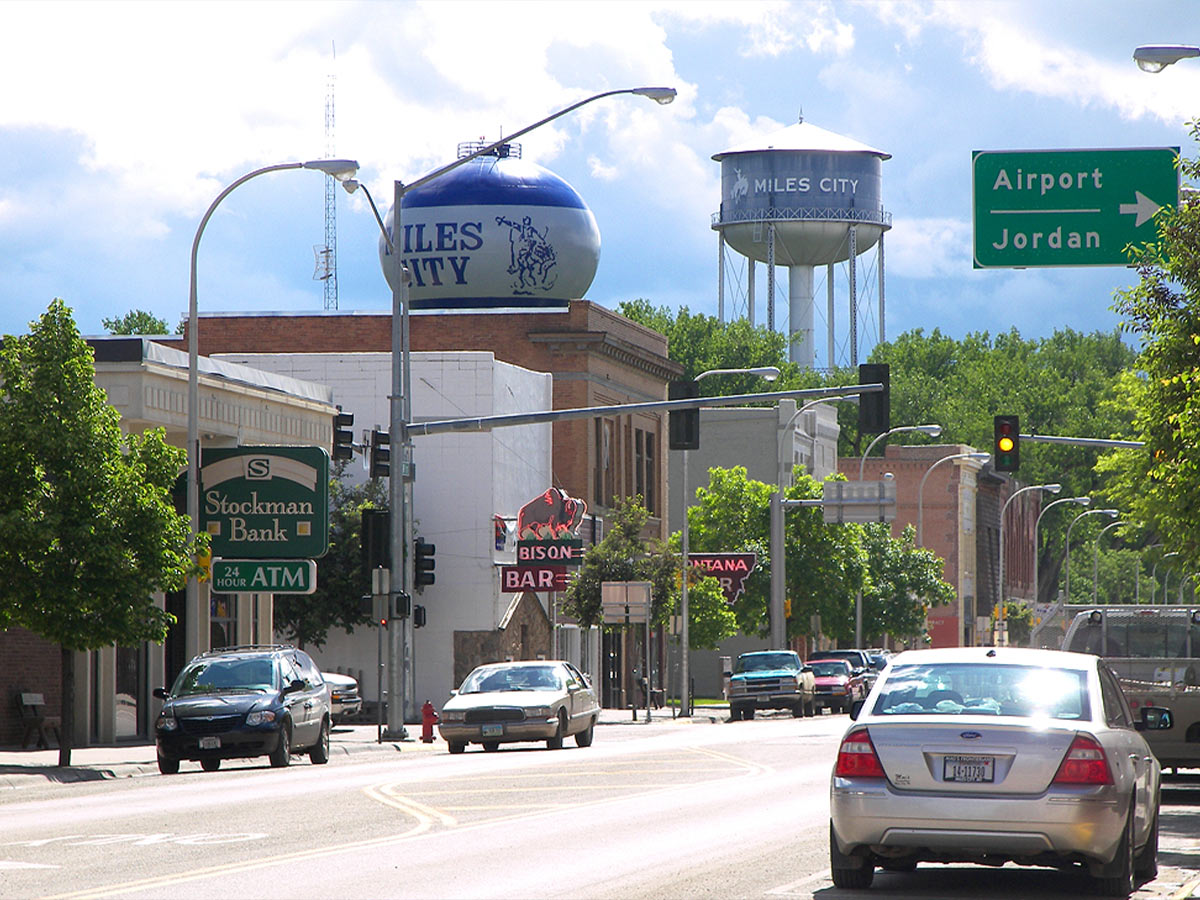
Montana's economy has been thriving, with a 2024 unemployment rate of only 3.3%, which is well below the national average. The state experienced an impressive GDP in 2024, with a combined 37.7%, which indicates strong economic activity. Additionally, in November 2024, the average weekly wage in Montana was $1,173, which is higher than the national average and suggests that many residents enjoy financial stability.
Despite these positive indicators, 11.9% of the population fell below the poverty line in 2024, according to worldpopulationreview.com. To continue building on Montana's economic success, policymakers may need to focus on implementing policies that provide greater support for impoverished households. Overall, while Montana's economy has been performing well, there is still work to be done to ensure that all residents have access to economic opportunities and stability.
Illinois (Struggling)

Illinois's economy has made significant gains, with a January 2024 unemployment rate of 5.2%. This is a positive sign for the state's workforce. Additionally, Illinois experienced an impressive combined GDP of 37.6% in 2024, indicating that the economy is moving in the right direction. In November 2024, the average weekly wage in Illinois was $1,135, which is higher than the national average.
However, despite these positive indicators, poverty remains an ongoing issue. As of 2024, 12.1% of Illinois's population fell below the poverty line., according to census.gov. To address this problem, policymakers may need to focus on increasing wages and implementing policies that support households in need. Overall, while Illinois's economy has made significant strides, it remains important to ensure that all residents have access to economic opportunities and stability.
Arizona (Thriving)

Arizona's economy experienced notable success already in 2025, marked by a relatively low unemployment rate of 4.4%. The state demonstrated impressive economic growth, with a significant combined GDP of 39.4%, showcasing a thriving and resilient economic landscape. Moreover, Arizona recorded average weekly wages of $1,150 in November 2024, indicating favorable income levels for its workforce.
Additionally, the state exhibited commendable progress in reducing poverty, with only 12.8% of the population living below the poverty line in 2024, according to census.gov. These encouraging economic indicators highlight Arizona's remarkable economic performance, characterized by low unemployment, substantial GDP growth, competitive wages, and a relatively low poverty rate.
Pennsylvania (Struggling)

Pennsylvania's economy has shown some positive indicators, with a 2024 unemployment rate of 3.5%, which is well below the national average. However, while the state experienced a combined GDP of 37.4%, this was lower than what was seen in other states. According to the U.S. Department of Labor??????, the average weekly wage in 2025 is $1,327, slightly more than the national average, but it can still make it difficult for some Pennsylvania residents to cover basic expenses.
In addition to these economic challenges, Pennsylvania also struggles with poverty, with 12.1% of the population falling below the poverty line in 2024. To address this issue, policymakers may need to focus on increasing access to good-paying jobs and implementing policies that support households in need. While Pennsylvania's economy has made some progress, there are still areas where improvements can be made to ensure greater economic stability for all residents
Colorado (Thriving)

Colorado's economy has been performing exceptionally well, with a 2025 unemployment rate of only 4.3%, which is well below the national average. The state experienced a solid GDP in 2025, with a combined 43.5%, indicating strong economic activity. In 2024, the average weekly wage in Colorado was $1,471, which is higher than the national average and suggests that many residents enjoy financial stability.
Despite these positive indicators, 9.7% of the population falls below the poverty line in 2024. Overall, Colorado's strong economic performance is a testament to the hard work and resilience of its residents, and it bodes well for a prosperous future.
Hawaii (Struggling)

Hawaii's economy has been thriving, with a 2024 unemployment rate of 2.9%, which is lower than the national average. The state also experienced an impressive combined GDP of 42.8%. In Q1 2024, the average weekly wage in Hawaii was $1,278, which is higher than the national average and suggests that many residents are doing well financially
However, despite these positive indicators, poverty remains an issue in the state, with 11.2% of the population falling below the poverty line in 2024. To address this problem, policymakers may need to focus on increasing access to good-paying jobs, implementing policies that support households in need, and investing in education and training programs. Overall, while Hawaii's economy has made significant progress, there is still work to be done to ensure greater economic stability for all residents.
Texas (Thriving)
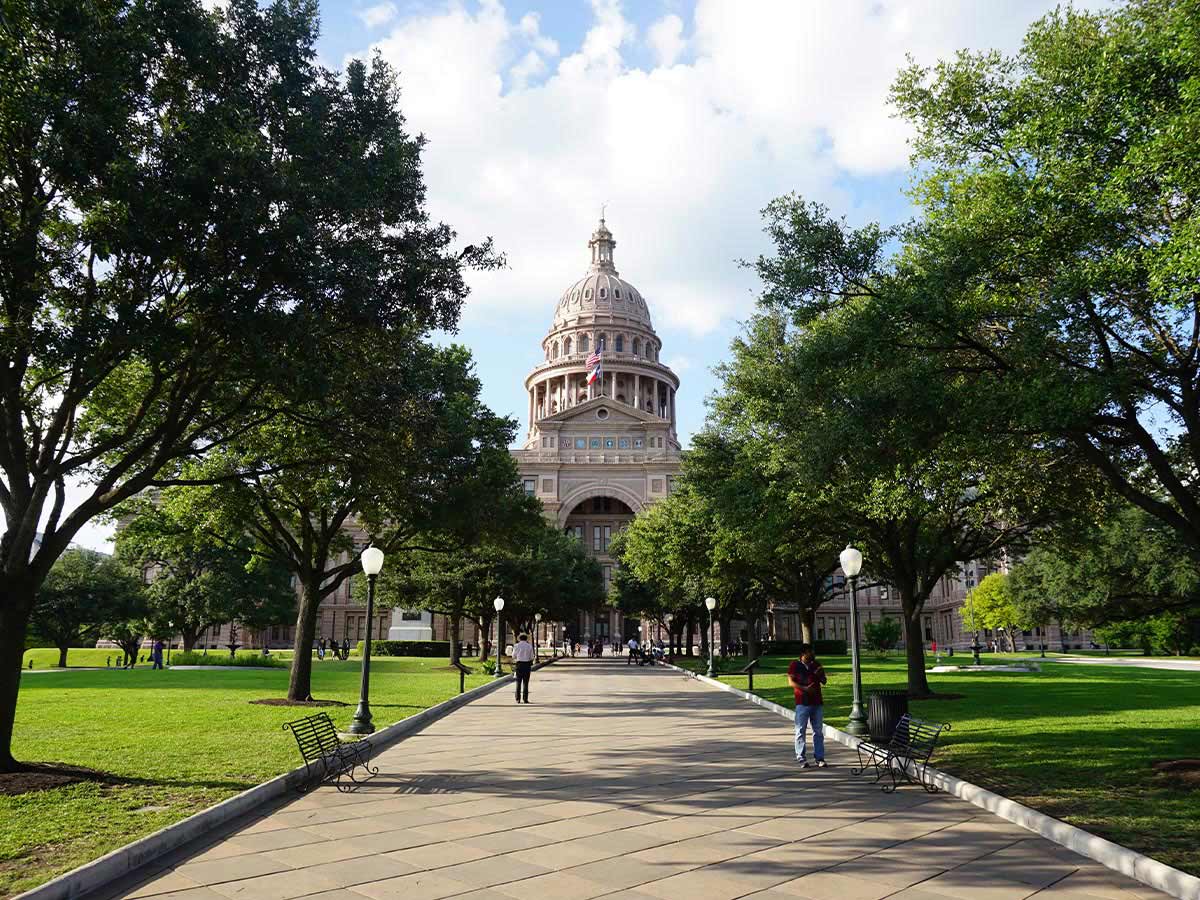
Texas has been experiencing positive economic growth, with a 2024 unemployment rate of only 4.2%, which is lower than the national average. The state also experienced a solid combined GDP of 36.7% in 2024. Moreover, in 2024, the average weekly wage in Texas was $1,237, which is higher than the national average and reflects a healthy job market and suggests that many workers are earning livable wages
Despite these positive indicators, 14.2% of the population falls below the poverty line in 2024. To ensure continued prosperity, it is crucial that policymakers focus on implementing policies that provide greater support for households living in poverty. Overall, while Texas' economy has been performing well, there is still work to be done to ensure that all residents have access to economic opportunities and stability.
 Author
Ron Winkler
Last Updated: September 03, 2025
Author
Ron Winkler
Last Updated: September 03, 2025
